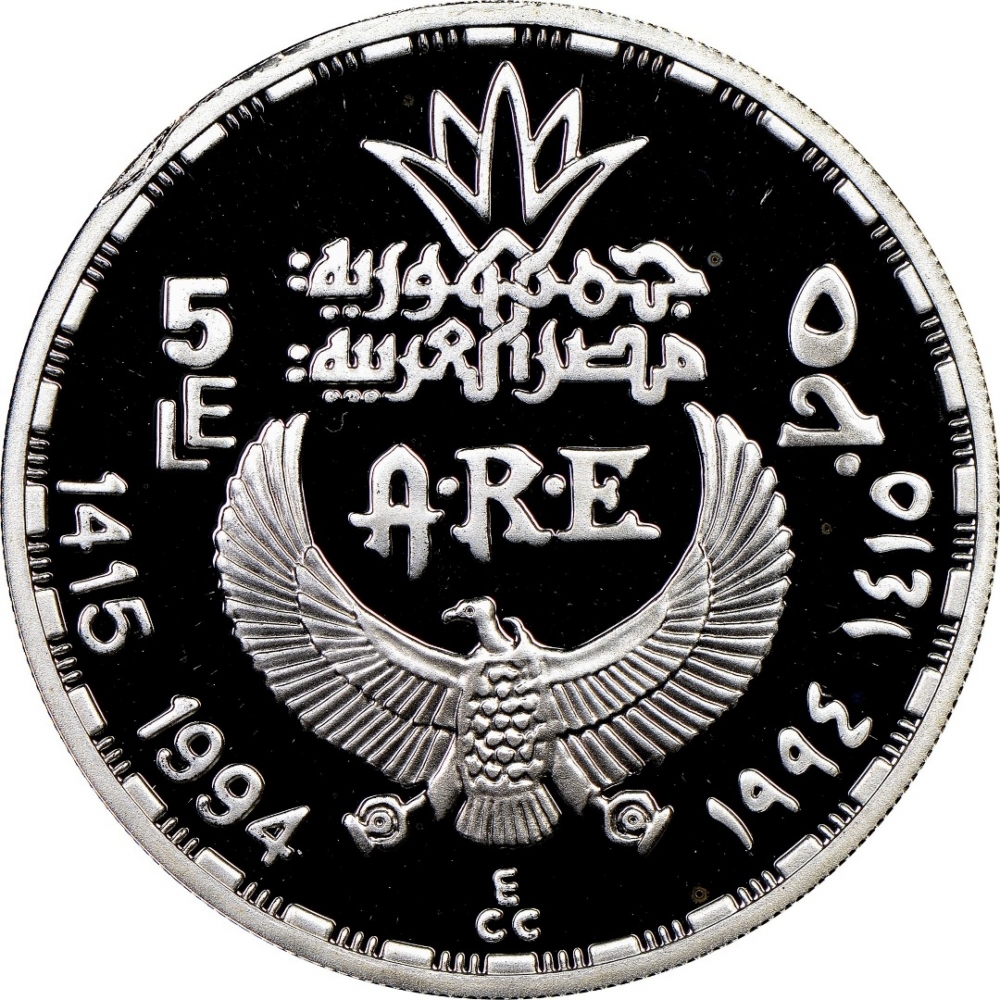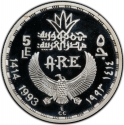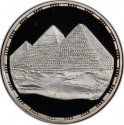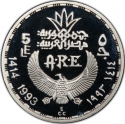You are about to finish your registration. Please check your mailbox (including spam folder). There should be a letter with a confirmation link. Check setting to make sure that your e-mail address is correct.
Send letter againDescription
Isis’ name is first attested in the fifth dynasty in the Pyramid texts. She was the wife of Osiris and the mother of Horus, and thus was symbolically mother to the pharaoh. In the Late Period, the popularity of this important goddess dramatically increased.
Isis was a major goddess in ancient Egyptian religion whose worship spread throughout the Greco-Roman world. Isis was first mentioned in the Old Kingdom (c. 2686 – c. 2181 BCE) as one of the main characters of the Osiris myth, in which she resurrects her slain brother and husband, the divine king Osiris, and produces and protects his heir, Horus. She was believed to help the dead enter the afterlife as she had helped Osiris, and she was considered the divine mother of the pharaoh, who was likened to Horus. Her maternal aid was invoked in healing spells to benefit ordinary people. Originally, she played a limited role in royal rituals and temple rites, although she was more prominent in funerary practices and magical texts. During the New Kingdom (c. 1550 – c. 1070 BCE), as she took on traits that originally belonged to Hathor, the preeminent goddess of earlier times, Isis was portrayed wearing Hathor's headdress: a sun disk between the horns of a cow.
Obverse

|
Depicts a statuette of Isis holding her son, infant god Horus also known as Harpokrates, in her laps and offering her left breast to nurse him. Isis wears a tight-fitting sheath dress reaching to her ankles, as well as a striped, tripartite wig, above the vulture-shaped crown. |
|---|---|
Reverse

|
Stylized state name (Arab Republic of Egypt) divides denomination in Arabic and English and abbreviation of state name (A.R.E.) below, the date in Arabic (Hijri) and Western (Georgian) divides by a vulture with open wings. Engraver's initials (ECC) below. 5 ٥ جمهورية مصر العربية |
| Edge |
5 Pounds
Pharaonic Treasure / Ancient Egyptian Art
Gods Isis and Horus
Subscribe series
KM# 830
Pharaonic Treasure / Ancient Egyptian Art
Gods Isis and Horus







